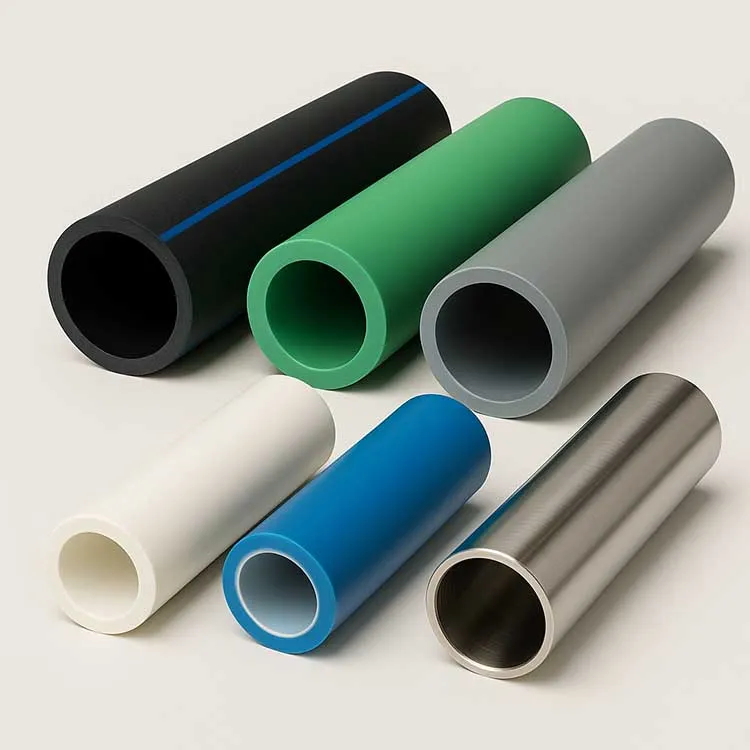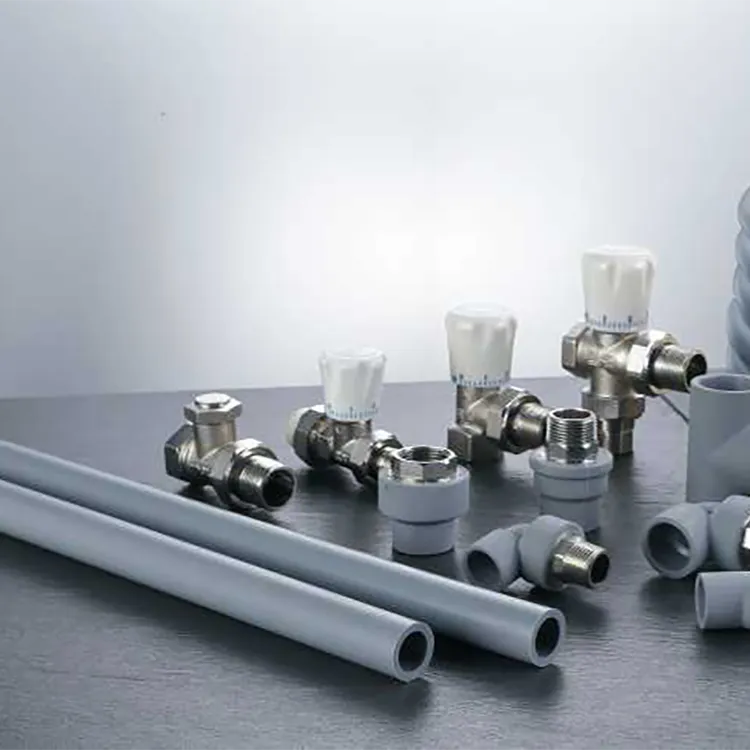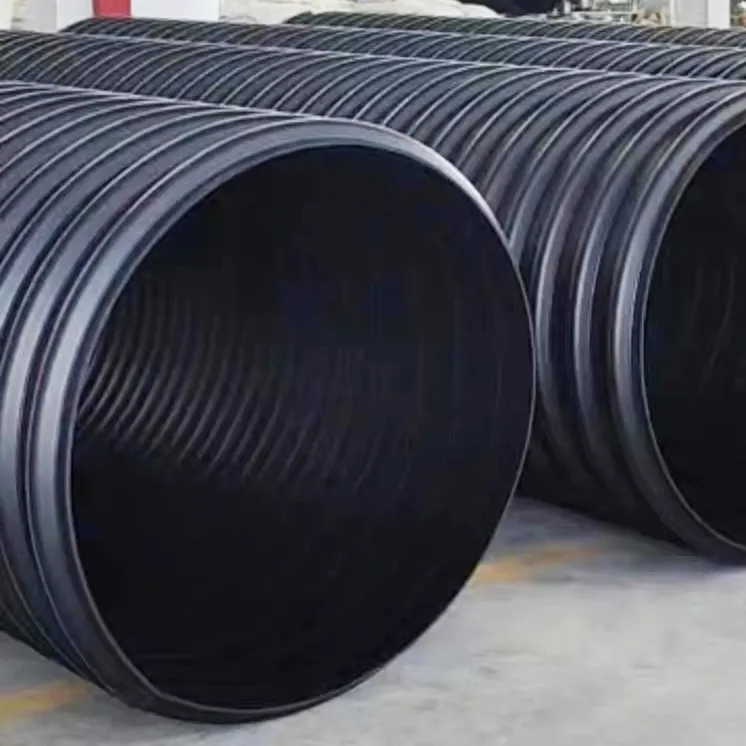Polyethylene (PE) is a common material used in the construction of water supply pipes due to its durability, corrosion resistance, and easy installation. The construction of a PE water supply pipe involves a thorough process that requires careful planning and execution to ensure a safe and reliable water supply system. In this article, we will discuss the PE water supply pipe construction process and plan, including the design and procurement of materials, construction and installation, quality control, health and safety, and environmental and social management.
Introduction
Polyethylene (PE) pipe is one of the most preferred materials for water supply pipeline construction due to its high durability, flexibility, and corrosion resistance. PE water supply pipes have been gaining popularity in the construction industry due to their versatility in application, ease of installation, and long service life. The use of PE pipes in water supply networks has been increasing for the past few decades, replacing traditional materials such as steel, concrete, and PVC. In this article, we will discuss the construction process and plan for PE water supply pipes.
PE Water Supply Pipe Construction Process
The construction of a polyethylene (PE) water supply system involves several essential processes. PE pipes are widely used in the water supply industry due to their durability, corrosion resistance, and flexibility. Here is a summary of the construction process for a PE water supply system:
1. Designing the System: The first step is to design the water supply system and determine the size and length of the pipes required based on water demand and pressure requirements.
2. Procuring Pipes: The next step involves procuring the PE pipes from a reliable supplier. The pipes should be tested for quality and specifications before installation.
3. Trenching: Once the pipes are procured, the trenches for laying the pipes need to be excavated. The trenches should be of the required depth, with a slope of at least 0.5% to ensure proper drainage.
4. Installing Pipes: After the trenches are ready, the PE pipes can be installed. The pipes should be laid carefully with proper alignment and fixed in place using clamps and couplings.
5. Bedding and Backfilling: The pipes should be covered with a suitable bedding material such as sand to protect them from external loads. Once the pipes are bedded, the trenches can be backfilled with excavated soil and compacted in layers to avoid settlement.
6. Operation and Maintenance: After the pipes are installed, the water supply system should be tested and commissioned. The system should be maintained regularly to ensure proper functioning, and any leaks or damages should be repaired promptly to avoid disruptions.
In summary, constructing a PE water supply system involves several essential processes, including designing the system, procuring pipes, trenching, installing pipes, bedding and backfilling, and operation and maintenance. Using PE pipes for water supply systems has various benefits, including durability, corrosion resistance, and flexibility.
PE Water Supply Pipe Construction Plan
A PE water supply pipe construction plan should include a detailed outline of the entire process from start to finish. Here are the major components that should be included in the plan:
1. Project Scope: This section should outline the purpose and objectives of the project, including the water supply needs, location of the system, and the expected performance standards and criteria.
2. Design: This section should include the detailed engineering design of the water supply system, such as the pipe size, length, and material specifications, the number of valves, fittings, and other system components required.
3. Procurement: This section should outline the procurement process for the PE pipes and other materials required for the project. This could include identifying suppliers, requesting bids, and reviewing and selecting vendors.
4. Construction: This section should detail the construction process, including site preparation and excavation, installation of pipes and other components, testing, and commissioning of the system.
5. Quality Control and Assurance: This section should detail the quality control and assurance process to ensure that the project adheres to specifications and standards.
6. Health and Safety: This section should detail the health and safety protocols to be followed on the construction site.
7. Environmental and Social Management: This section should detail the environmental and social impact assessment of the project, mitigation plans, and monitoring.
8. Cost and Budget: This section should include the estimated cost of the project, budget allocation, and cost control measures.
9. Project Timeline: This section should detail the timeline for each stage of the project, including milestone dates, activities, and timelines.
In summary, a PE water supply pipe construction plan should provide a clear and detailed framework that outlines the entire process, including the project scope, design, procurement, construction, quality control, health and safety, environmental and social management, cost and budget, and project timeline.
Conclusion
In conclusion, the construction of a PE water supply system requires careful planning, execution, and maintenance to ensure a safe, reliable, and effective water supply. By following the process outlined in this article, water supply stakeholders can successfully install a PE water supply system that meets their needs, whether for residential, commercial, or industrial purposes. With its durability, flexibility, and corrosion resistance, PE pipes can provide a long-lasting and cost-effective solution for water supply needs. Ultimately, proper planning, construction, and maintenance are key to ensuring a sustainable water supply that meets the needs of communities for years to come.



981.webp)

 (1)379.webp)

294.webp)
476.webp)
420.webp)
146.webp)
460.webp)
287.webp)
274.webp)
688.webp)


